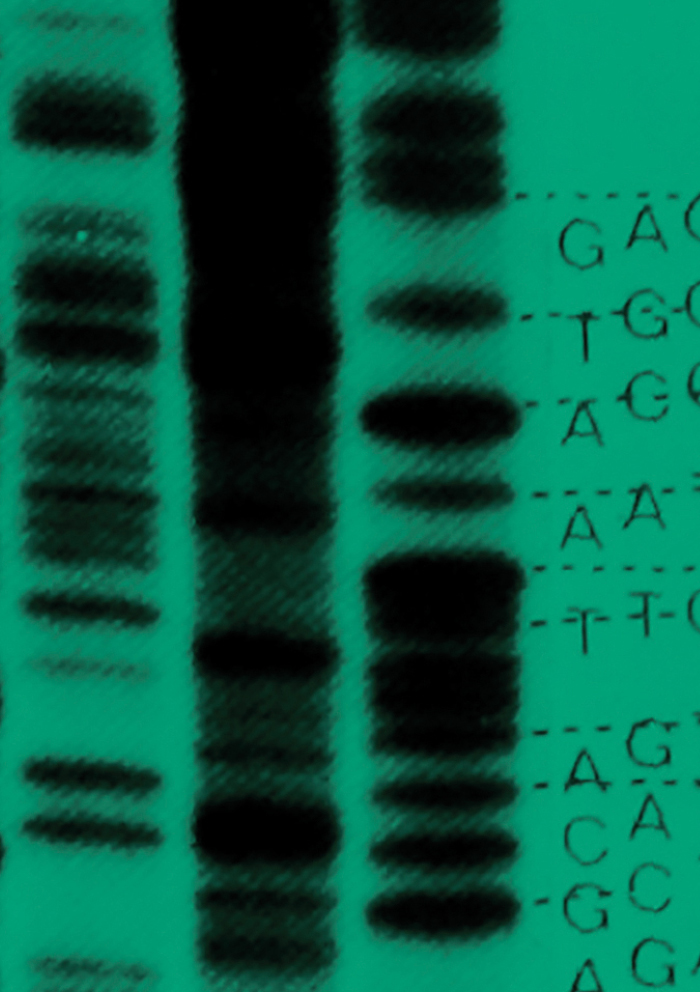 -
Volume 3,
Issue 6,
2017
-
Volume 3,
Issue 6,
2017
Volume 3, Issue 6, 2017
- Methods Paper
-
- Microbial Evolution and Epidemiology
-
-
SNVPhyl: a single nucleotide variant phylogenomics pipeline for microbial genomic epidemiology
More LessThe recent widespread application of whole-genome sequencing (WGS) for microbial disease investigations has spurred the development of new bioinformatics tools, including a notable proliferation of phylogenomics pipelines designed for infectious disease surveillance and outbreak investigation. Transitioning the use of WGS data out of the research laboratory and into the front lines of surveillance and outbreak response requires user-friendly, reproducible and scalable pipelines that have been well validated. Single Nucleotide Variant Phylogenomics (SNVPhyl) is a bioinformatics pipeline for identifying high-quality single-nucleotide variants (SNVs) and constructing a whole-genome phylogeny from a collection of WGS reads and a reference genome. Individual pipeline components are integrated into the Galaxy bioinformatics framework, enabling data analysis in a user-friendly, reproducible and scalable environment. We show that SNVPhyl can detect SNVs with high sensitivity and specificity, and identify and remove regions of high SNV density (indicative of recombination). SNVPhyl is able to correctly distinguish outbreak from non-outbreak isolates across a range of variant-calling settings, sequencing-coverage thresholds or in the presence of contamination. SNVPhyl is available as a Galaxy workflow, Docker and virtual machine images, and a Unix-based command-line application. SNVPhyl is released under the Apache 2.0 license and available at http://snvphyl.readthedocs.io/ or at https://github.com/phac-nml/snvphyl-galaxy.
-
- Short Paper
-
- Microbial Evolution and Epidemiology
-
-
Pre-vaccine serotype composition within a lineage signposts its serotype replacement – a carriage study over 7 years following pneumococcal conjugate vaccine use in the UK
More LessSerotype replacement has been reported in carriage and disease after pneumococcal conjugate vaccine (PCV) introductions in the UK and globally. We previously described concurrent expansion and decline of sequence types associated with serotype replacement over 5 years following PCV introductions in the UK. Here we use whole-genome sequencing to fully characterise the population structure of pneumococcal isolates collected over seven winters encompassing PCV7 and PCV13 introductions in the UK, investigating the importance of lineages in serotype replacement. We analysed 672 pneumococcal genomes from colonised children of 4 years old or less. The temporal prevalence of 20 lineages, defined by hierarchical Bayesian analysis of population structure (BAPS), was assessed in the context of serotype replacement. Multiple serotypes were detected in the primary winter of sampling within three vaccine-type (VT) lineages BAPS4, BAPS10 and BAPS11, in which serotype replacement were observed. In contrast, serotype replacement was not seen in the remaining three VT lineages (BAPS1, BAPS13 and BAPS14), that expressed a single serotype (6B, 6A and 3, respectively) in the primary winter. One lineage, BAPS1 serotype 6B was undetectable in the population towards the end of the study period. The dynamics of serotype replacement, in this UK population, was preceded by the presence or absence of multiple serotypes within VT lineages, in the pre-PCV population. This observation could help predict which non-vaccine types (NVTs) may be involved in replacement in future PCV introductions here and elsewhere. It could further indicate whether any antibiotic resistance associated with the lineages is likely to be affected by replacement.
-
Most Read This Month


